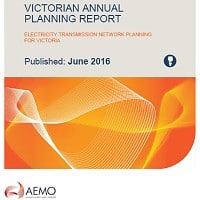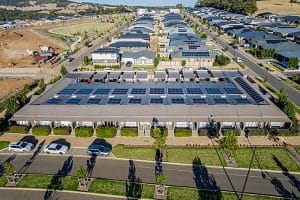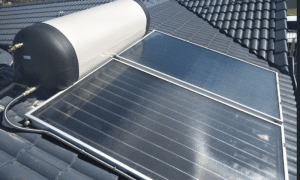It seems the electricity grid in parts of Victoria may not cope with new renewable energy capacity currently in the pipeline without significant network upgrades – or perhaps battery storage.
Increased certainty around the nation’s Large Scale Renewable Energy Target (LRET) has led to major interest in renewable generation; particularly in the state’s North West where up to 1500 MW of new projects are in the works.
But in its Victorian Annual Planning Report (VAPR), the Australian Energy Market Operator (AEMO) warns that connecting just 400 MW of new capacity to the regional grid would place excess strain on the network and require at least $60 million in upgrades.
The VAPR assesses the adequacy of Victoria’s electricity grid to meet the needs of consumers over the next 10 years. The latest report finds the main driver of change will be a continued shift from supporting peak demand to distributed energy and connections of new inter-regional energy sources like solar and wind power.
The aged network could feasibly support 200 MW of new generation with minor line upgrades and improved grid management, but a major overhaul would be required to ease grid congestion if proposed renewable capacity were to come online.
However, the report states this could be a cost-effective solution to the impact of planned decommissioning of Victoria’s brown coal-fired power stations.
“If substantial brown coal generation is retired, wind could displace higher-cost generation, increasing the market benefits of augmentation to facilitate connection,” the report states.
One such project is the Ararat Wind Farm, which will begin sending power to the grid next month. Consisting of 75 turbines and towers built locally in Portland, the facility will provide enough power for 123,000 homes.
The AMEO will commence a Regulatory Investment Test for Transmission (RIT-T) to assess whether the cost of upgrading the grid outweigh benefits to stakeholders.
“In an environment where the energy industry is transforming to include higher levels of renewable generation, major network augmentations to increase capacity might in fact be cost effective for consumers, as development would enable renewable generation to be connected to the grid and efficiently transported to demand centres,” states AEMO Managing Director and Chief Executive Officer Matt Zema.
However, instead of perhaps carrying out an exercise that may be feared by some will turn out to be a “gold-plating” exercise; one other option may be large-scale battery storage.
“Battery storage may be a credible alternative to network augmentation for alleviating congestion. When connecting to areas with low network capacity, proponents might consider integrating battery storage to moderate their peak generation,” states the report; which can be viewed here (PDF).







































